Under the covers: Taschen’s colourful future
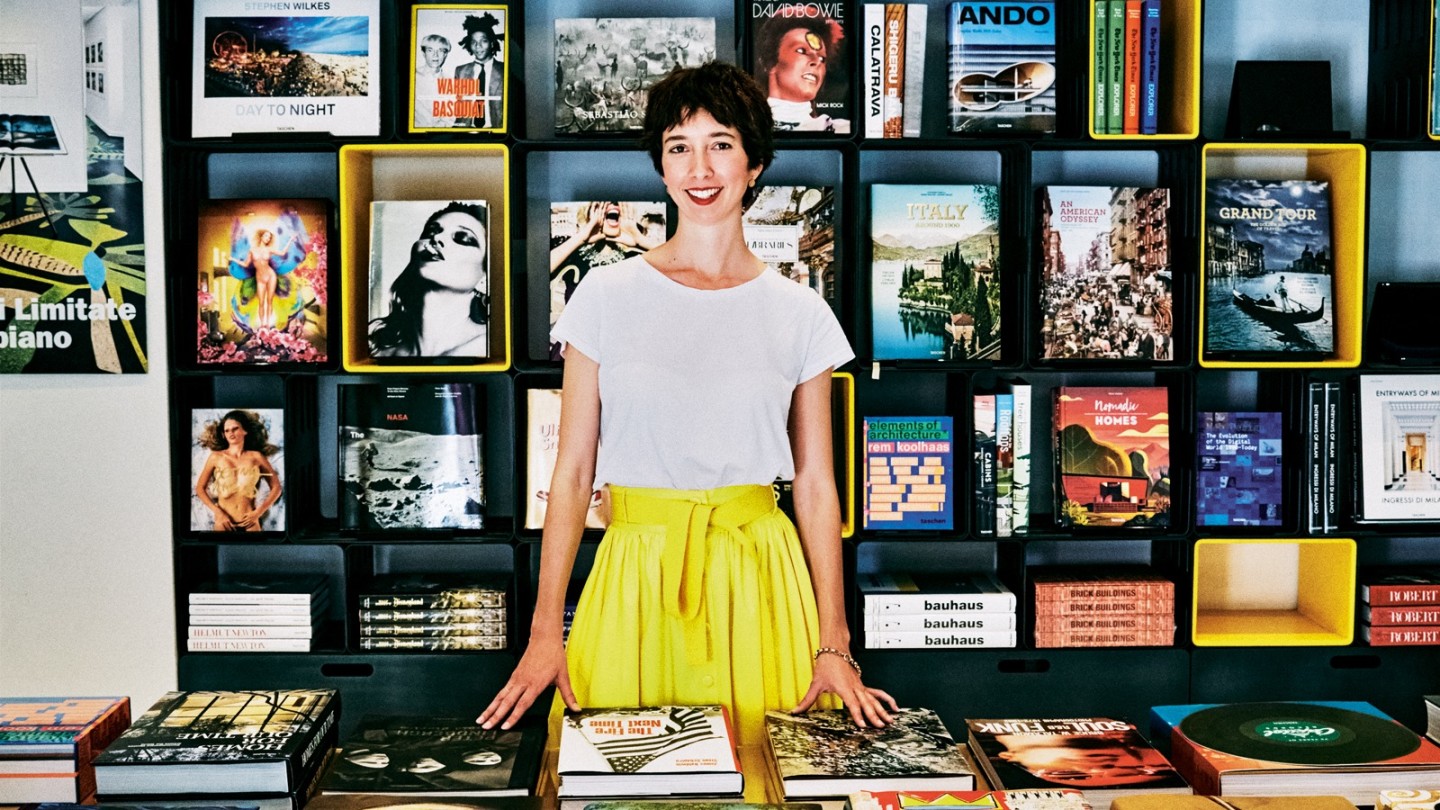
Roula Khalaf, Editor of the FT, selects her favourite stories in this weekly newsletter.
Marlene Taschen’s head, with its pixie crop and cupid’s bow of red Chanel lipstick, is positioned somewhere between Jeff Koons’ naked torso and Cicciolina’s bosoms. The Taschen CEO’s choice of interview mise en scène is a photo from Koons’ 1990s Made in Heaven series – a portrait of the Hungarian-Italian soft-porn star-turned-politico straddling the artist – that hangs on the wall of the company’s HQ in Cologne. It’s also a Technicolor telegraph for those wondering if the woman at the helm of the German culture and art-book publisher has inherited her father Benedikt’s playful spirit.
It is 40 years since Taschen was first conceived as the Cologne comic-book-shop brainchild of a precocious 18-year-old, as Benedikt was then. Trading in rare and new comics, it first published its own – the racy, alien adventures of the nude, buxom Sally Forth – in 1980. But it was only with the curious acquisition in 1984 of 40,000 deadstock copies of an English-language publication on Magritte, which Taschen sold out in Germany, that Benedikt was prompted to try his hand at publishing his own lavish yet affordable art books. The first was a beautiful collection of Annie Leibovitz’s portraits. Kink, quirk, culture and cult celebrity were established as the pillars of the publishing house with which the brand has built its name.
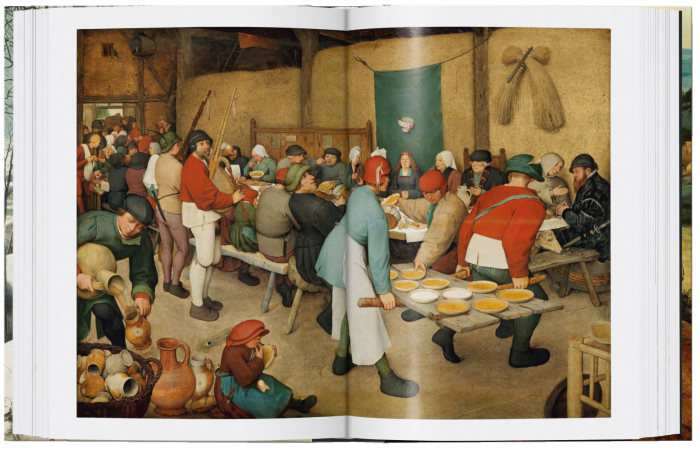
Taschen still represents a maverick, have-a-go chutzpah. Audacious in its publishing choices, polished to a shine in its production values, and baroque in presentation, its catalogue defies all expectation, taking in everything from a £12 copy of The Big Penis Book to a £9,500 edition of Murals of Tibet signed by the Dalai Lama that is settled on a Shigeru Ban sculpture. To buy one of the 700 Taschen tomes currently in print is to be inculcated into a club characterised by super-slick ultra-confidence.
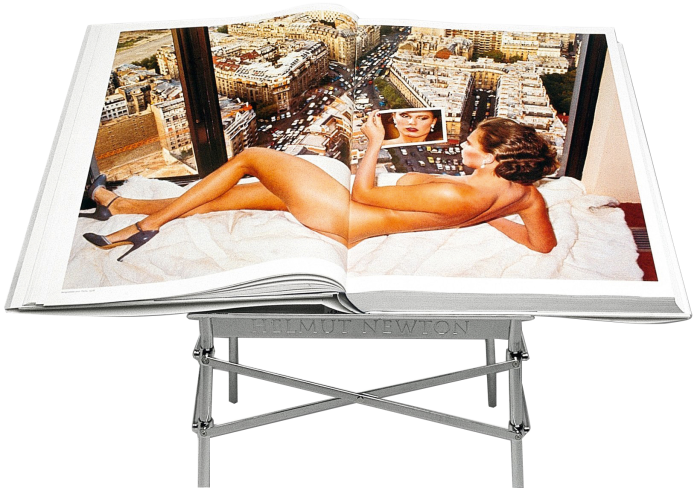
Along with other art-book publishers, namely Phaidon and Assouline, Taschen has been instrumental in creating the cult of the coffee-table book. Its game-changing 50cm x 70cm Helmut Newton monograph – so XXXL it was named the Sumo – was the first of its books to have a special stand (designed by Philippe Starck), and quite literally put art books on a pedestal while repositioning them in the market as a collectable commodity. In 1999, the Newton limited-edition initially sold for £1,000. Now it sells for £13,700. It’s a formula that has been repeated with greater successes for subsequent Sumos, featuring everyone from David Hockney to Sebastião Salgado.
Now the luxury publishing house finds itself in a moment of reflection. A pause not just prompted by the anniversary but, naturally, by a global pandemic that has seen book sales contract. At the start of this year, the private company, which does not discuss its numbers, had sailed through “the best quarter we’ve ever had, in terms of sales, in terms of margins, in terms of results per month”, says Marlene. Recent David Hockney art prints had sold out. A monograph by fashion photographer Peter Lindbergh had seen sales climbing in the wake of the German artist’s death. But in April, its worldwide sales of books had dropped by 70 per cent. Plans to celebrate the 40th anniversary were shelved. And while things have since picked up, the terrain has shifted hugely.
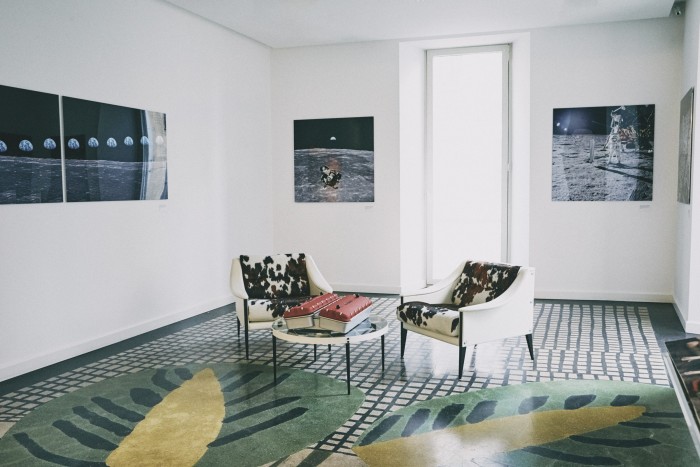

The woman now surveying the landscape afresh is the eldest of Benedikt’s five children. Born in 1985, five years after the company itself, Marlene was one year old when she appeared on a marketing poster that announced: “I don’t want a taschen-book, I want a book by Taschen” (a play on the German word Tasche, which means pocket). As she tells it, her father “has always been: ‘life and work are one’”. It seemed near inevitable, then, that his work would become her life.
Being part of the business was ingrained in her since childhood. “I was happy that my father made us come with him to the office, not holding us aside,” she says, in a German lilt softened by years living in London and Milan. At the age of 18, she had sole responsibility for collecting Muhammad Ali from the airport (in a chauffeur-driven Maybach) and accompanying him to the launch of his Sumo, GOAT (Greatest of All Time). As a business and psychology student, she had a glamorous side hustle opening Taschen’s artist-designed stores, of which there are now 13. It was only after having her daughter, in 2011, that she considered joining the company in a more official role. “When I was pregnant, I was thinking: why am I not giving my energy and power to our own family company? When on top of everything I get on well with my father and I like what he’s doing.”
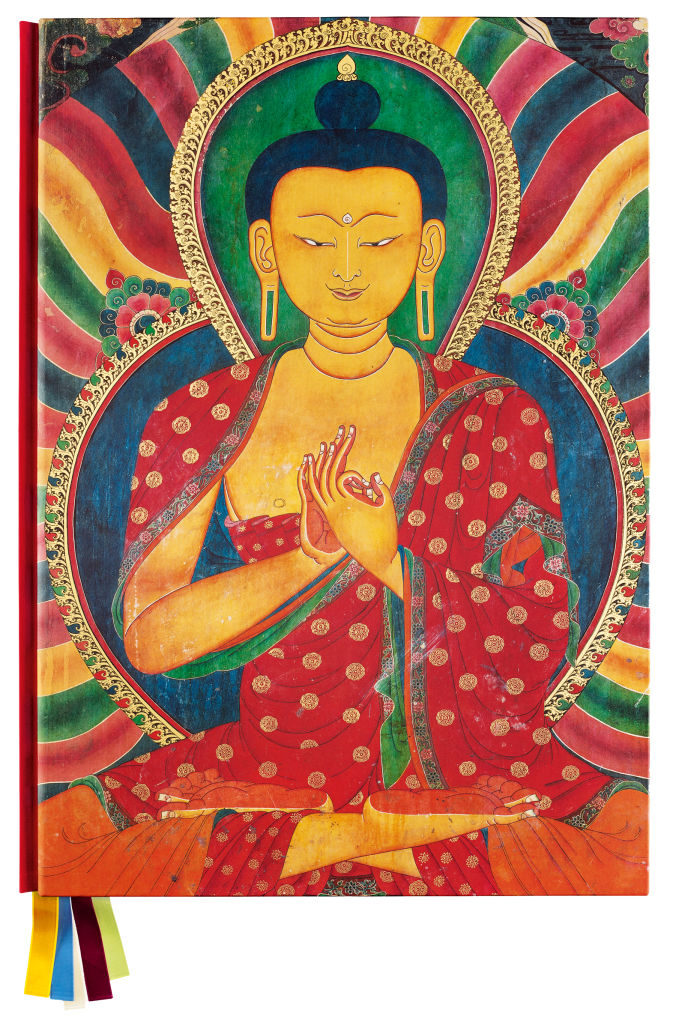
Was it fate that Marlene would join the firm? “I never asked my children to work with me; they should do whatever they think is right for them,” says Benedikt Taschen, now 59. “But when Marlene asked, I felt honoured.” He describes her as: “analytical and intuitive, visionary and fearless, smart with common sense, modest and hands-on, empathic, joyful and funny. And, maybe most importantly, she stays flexible. She is a born leader.”
Since joining, Marlene has been tasked with driving the company forward, first as director of business development, then managing director, before being appointed CEO in 2017. “A family business over generations can be a beautiful idea,” says Benedikt. “Often it’s a burden and nightmare at the same time, but first of all it has to stay alive and adjust and move on.” It’s a challenge she has embraced by taking the core tenets of the house and supercharging them. “All the great foundations of things we could do were laid very early on,” she says. Two years ago she took his already brazen Sumo idea and added turbo power. The homage to Ferrari, sitting upon an engine-inspired Marc Newson stand, was limited to an exclusive 250 copies (the Helmut Newton Sumo was 10,000) and retailed for a staggering £22,500. It sold out in a week, and is now reselling for £45,000.
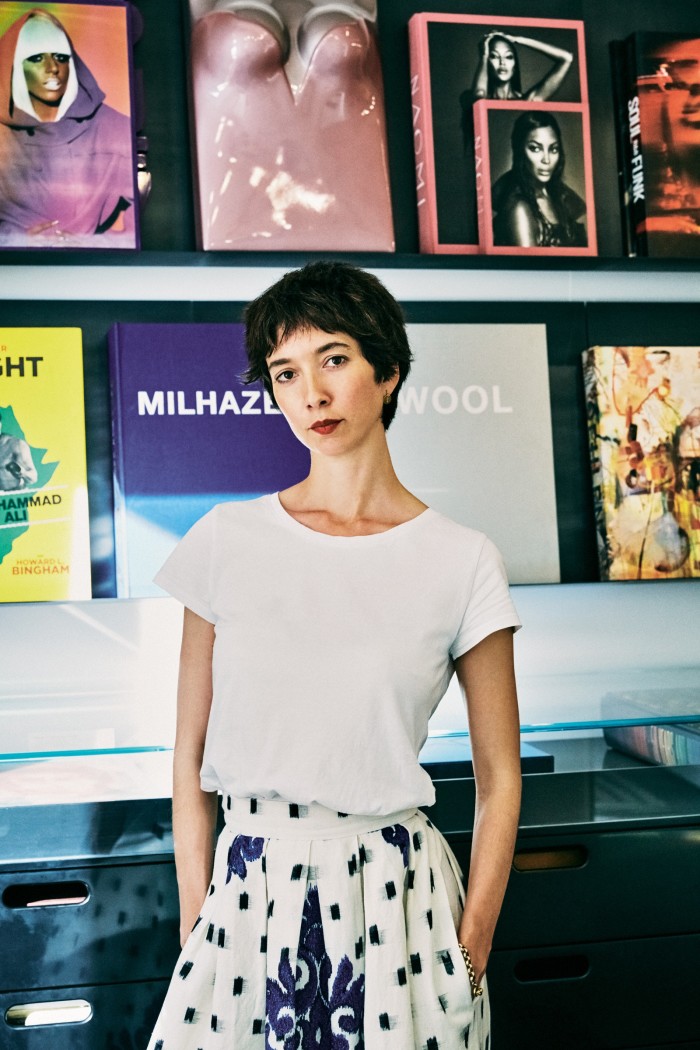
It’s a fearlessness that feels reassuringly familiar for Taschen. But Marlene is also quick to point out that the house’s methodology – in keeping with its original mission of producing beautiful, affordable art books – has found it republishing some of the Sumos as well as its collectors’ editions in a sliding scale of formats, so versions for a wider range of price points. Ultimately, each eventual mass-produced incarnation is ”a fantastic book that you would never initially be able to produce for this price,” says Marlene.
Some of Marlene’s other efforts to push the business into new territories have been more hard-learned. An early attempt to launch non-book merchandise was largely unsuccessful. Sadly, T-shirts “didn’t work out very well,” Marlene admits. But, “in terms of our philosophy we believe that one thing turns to the next,” she asserts. In this first failure to launch, “I realised a lot of other issues we had in the company – we couldn’t really sell other items, so instead we had to change.”
Under Marlene, the business has gone digital, launching ecommerce platforms in Europe and America, where both the book and the non-book market have more space in which to thrive. This year, a selection of scarves and bags in collaboration with Ai Weiwei are on the agenda, following his hugely successful collectors’ edition of papercuts. Merchandise is just one element of Marlene’s vision for expansion. “360-degree storytelling”, as she describes it, is also on the cards. Specifically film, from behind-the-scenes shorts on the making of books – which would run on taschen.com – to full-blown documentaries. “Taschen has huge potential to communicate the subjects we do in different formats,” she says, “and a digital format, rather than just in book form.” Following a documentary on the making of the Helmut Newton Sumo, another on David Bailey (with whom Taschen has also created a Sumo) is in the works.
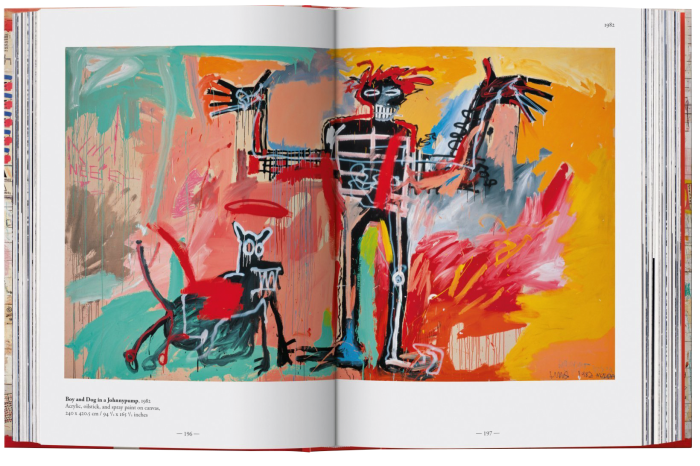
But if Marlene is keen to expand Taschen’s world beyond books, she is also resolute that they remain its beating heart. To celebrate the 40th anniversary, the house is republishing more than 20 edited highlights from its mighty archive and other new volumes via the T40 collection, a selection that showcases its incredible cultural diversity – from Bruegel, the Brothers Grimm, Basquiat and Gorillaz to Ai Weiwei, Christo and Jeanne-Claude, Gisele Bündchen and Star Wars. Each is £20. Helpfully, each will also fit on standard shelves.
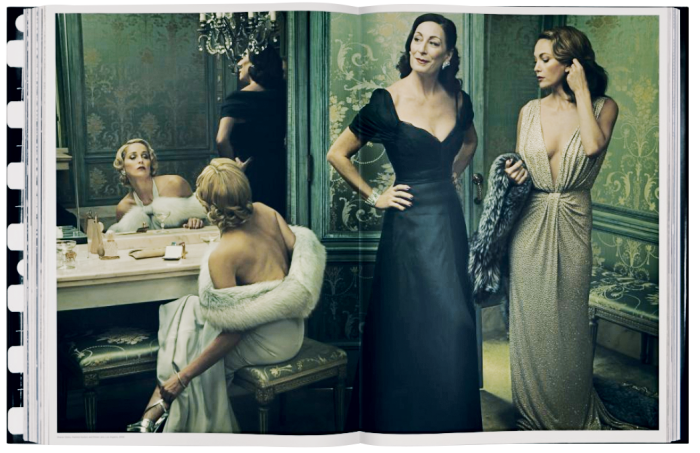
Looking back over the whole archive prompts a poignant moment for review. Despite the icons in among them, some of the titles now feel a little out of step. Terryworld, for example, by the disgraced photographer Terry Richardson, looks somewhat awkward. The book is part of the house’s infamous “Sexy Books” collection, begun in the 2000s by the inimitable Dian Hanson, which helped redefine the boundaries between art and erotica. It also includes Simply Sexy: Richard Kern’s Gloriously Natural Girls and ’70s porn star Vanessa del Rio’s Fifty Years of Slightly Slutty Behavior and other subjects privy to a very male gaze. While she doesn’t regret any publications, Marlene does suggest that “some projects are a reflection of the time. We don’t have to do them again now and also we would not want to do them,” she says. “Because that time is over.”
Neither are a great many of the T40 artists female. Taschen monographs on women are vastly outnumbered by those on men, and in 2014, two Scandinavian artists protested the underrepresentation in Taschen’s Basic Art Series. But when asked whether this might be a good moment to review the company’s role in redefining – or even creating – more modern icons, Marlene is circumspect. “Having a book is definitely a factor to help artists be known in the world, so we have the responsibility and the possibility to publish the right sort of things, for sure,” she concedes. But in terms of changing the cultural landscape and conversation to foreground a new agenda, she says: “We are not a political company and we don’t really make political statements. We look at subjects in a more timeless manner.” Don’t, she intimates, expect Taschen to get woke.
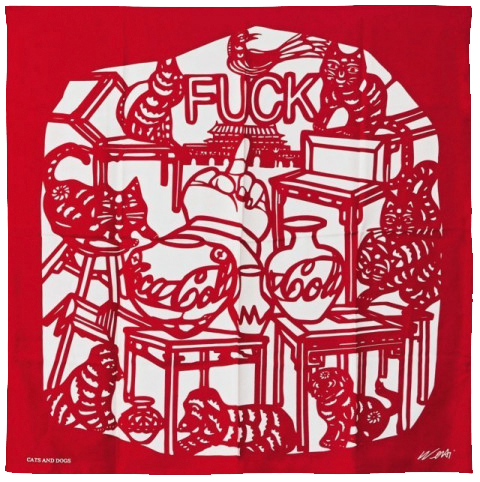
Nevertheless, she does emphasise the company’s broadening approach. Books and projects this year and next include those with creatives such as designer Virgil Abloh, artists Julian Schnabel, Beatriz Milhazes and the architect Kengo Kuma, the visionary behind Tokyo’s new National stadium, plus a colour-saturated XL homage to Mexican artist Frida Kahlo and a history of tarot – the first in Taschen’s new Library of Esoterica. She also highlights a relationship being forged with The Art Newspaper “to make great books on contemporary artists and to broaden our range.” Will this feature a greater number of women artists? Yes, she says, but “it’s not just women… it’s also, of course, about different cultures.” If this year’s visually sumptuous photo book Lo‑TEK, Design by Radical Indigenism – an exploration of indigenous architectural innovations given the full Taschen megawatt production values – is any hint of new avenues, the promise is exciting.
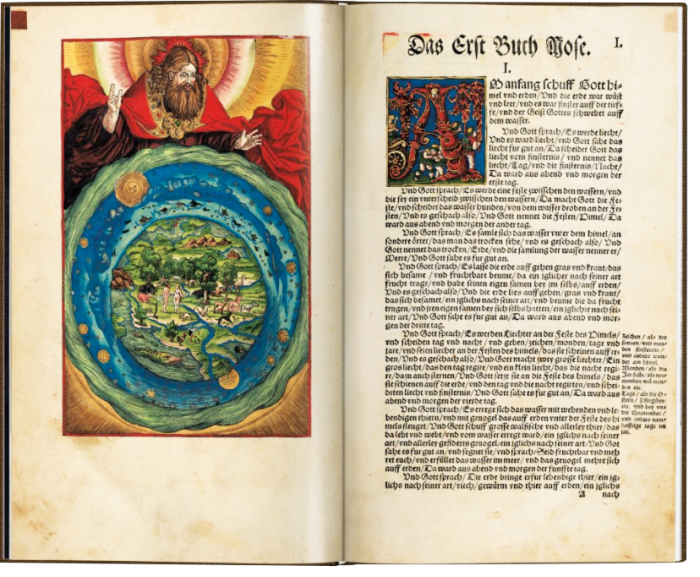
She is also energised about plans to launch cookbooks, in partnership with London-based journal The Gourmand. One idea has been to focus on a single ingredient, such as a lemon, and tell its story through both culture and recipes. The icons of the food world, if you will. Books for young children are also an area she’s keen to expand into. But “we wouldn’t just do any sort of children’s book,” she emphasises. “We would love to do them in the Taschen style. We would have certain expectations. And that takes time.”
The through line for the future, she says, is to be “inspirational, to be inclusive and also independent”. Essentially, she continues, “our spirit is, in uncertain times, to be creating books for optimists” – publications that have an uplifting take on life. “There is a beauty to these books; they are like an object almost to be living with,” says Marlene of Taschen’s cultural significance. “If you are interested in art or photography, these books bring that subject into your life,” even for £10. As for “the Sumos and the collectors’ editions – it tells something about you, it’s a part of interior design – and it’s a bit of a status symbol.” Glossy, colourful, positive and educational. Taschen wouldn’t have it any other way.
Under the covers: a 40-year Taschen timeline

1980
Taschen Comics opens in Cologne. Its first publication is Sally Forth (Benedikt Taschen, pictured)
1984
Magritte, Ideas and Images shifts the company into art books
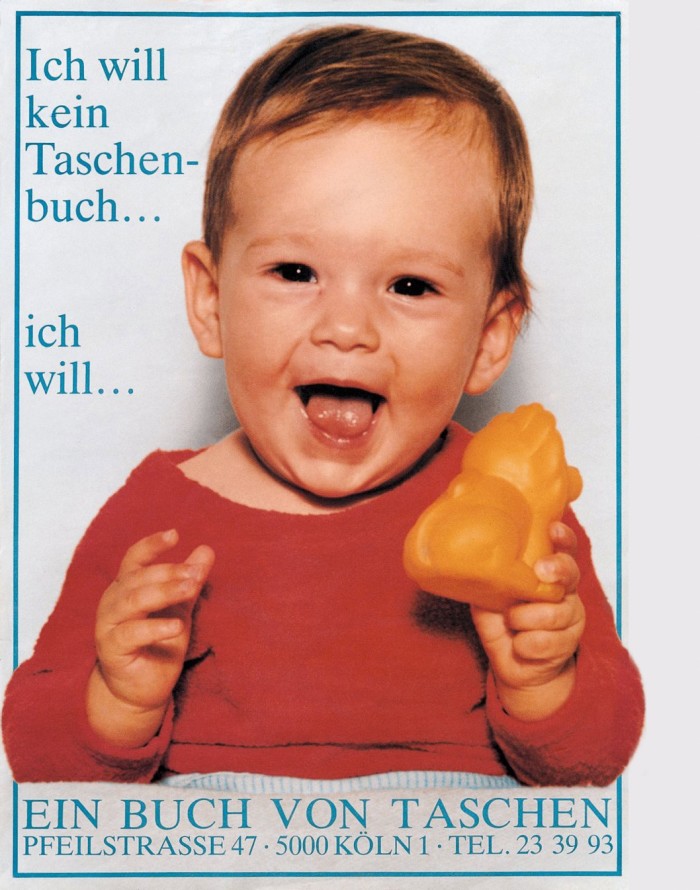
1987
A one-year-old Marlene Taschen appears in an advertising poster for the family brand (pictured). Taschen moves into non-books, and launches Marsupilami inflatable toys. 100,000 unsold inflatable gorillas deflate the excitement
1997
Frans Lanting’s Eye To Eye is published: it has been named one of the century’s best nonfiction books by NPR’s Forum
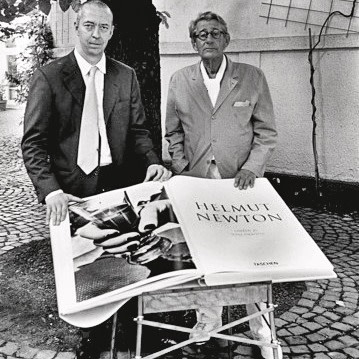
1999
Helmut Newton’s Sumo (pictured, with Newton and Benedikt Taschen) sets the record for the most expensive book published in the 20th century
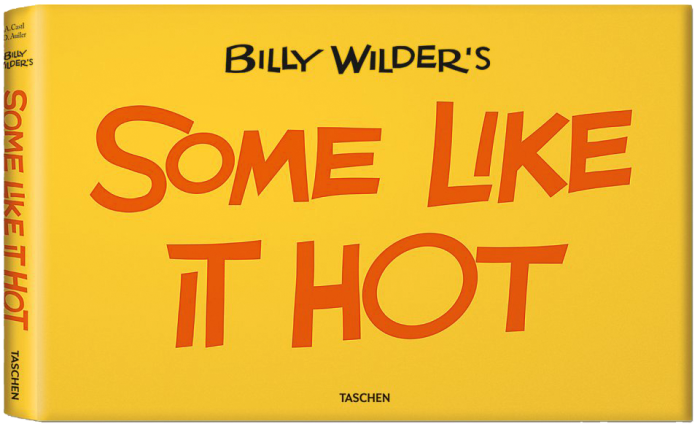
2001
The first widescreen film book is published, on Some Like It Hot
2002
The reprint of Martin Luther’s 1534 Bible becomes a bestseller
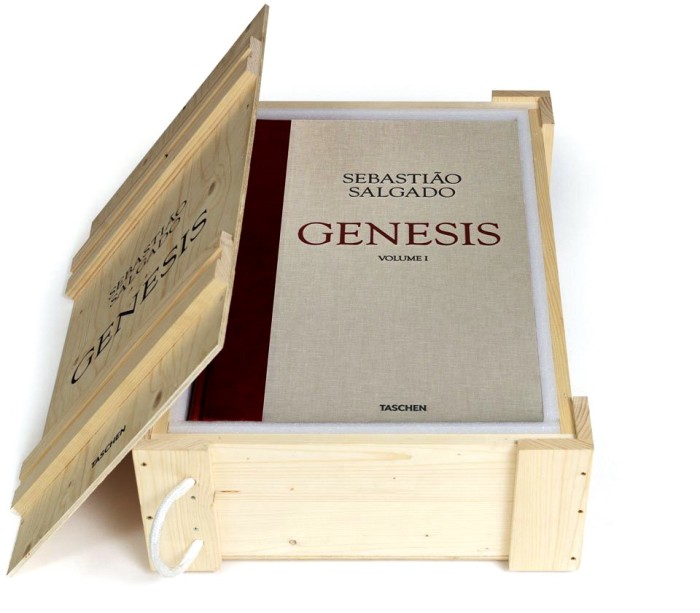
2013
Genesis, by Sebastião Salgado, is published. Taschen is inspired to go carbon-neutral
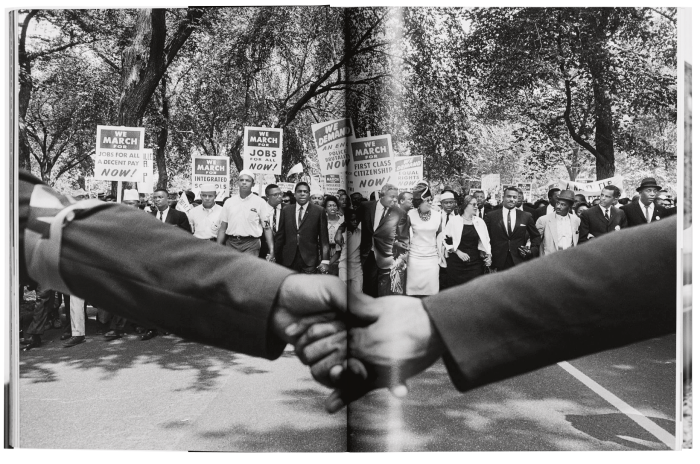
2017
James Baldwin’s The Fire Next Time is republished with civil rights imagery by Steve Schapiro
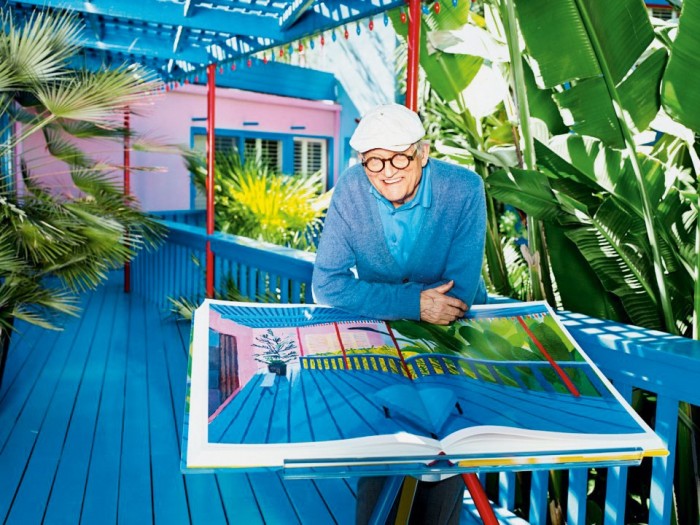
2019
David Hockney. My Window is published in a limited edition with a signed print of a Hockney iPad drawing, selling for up to £15,000
Comments